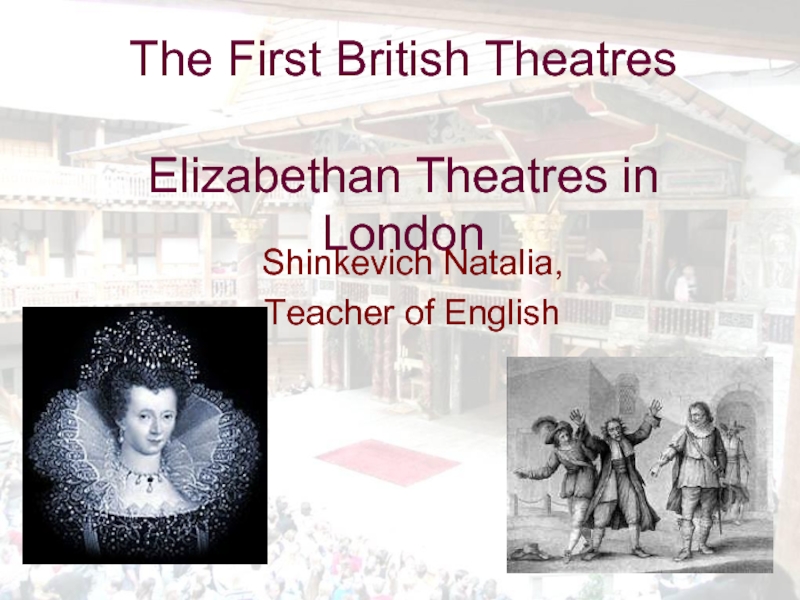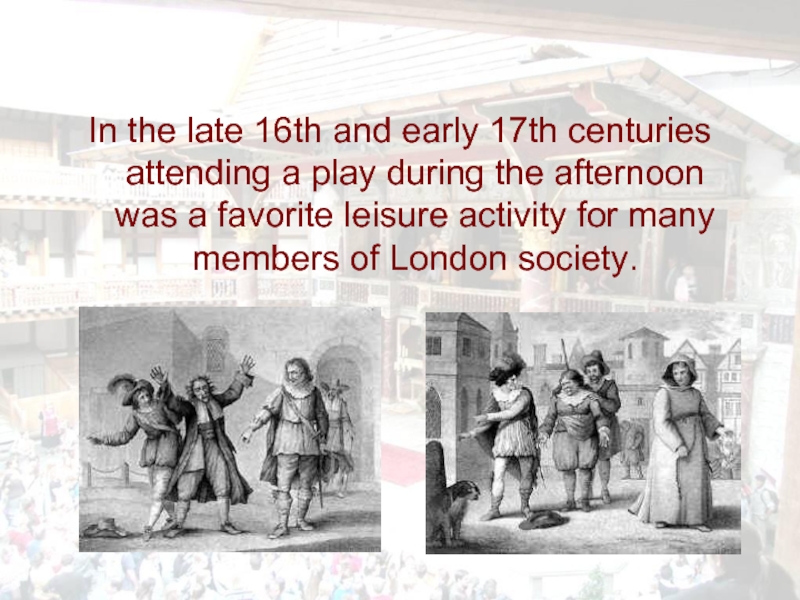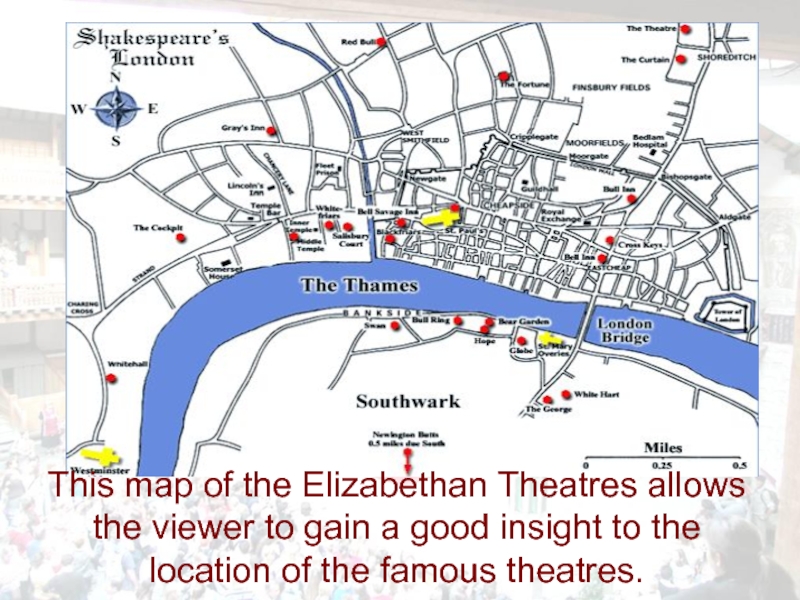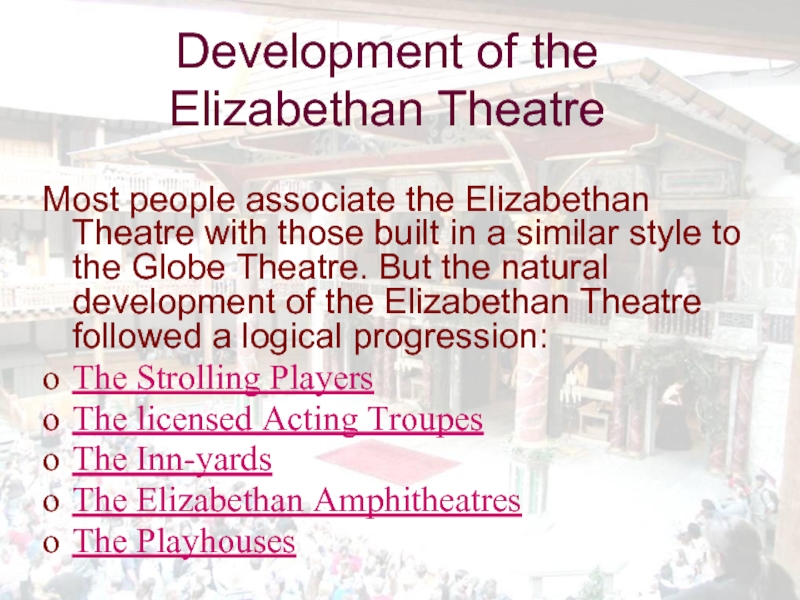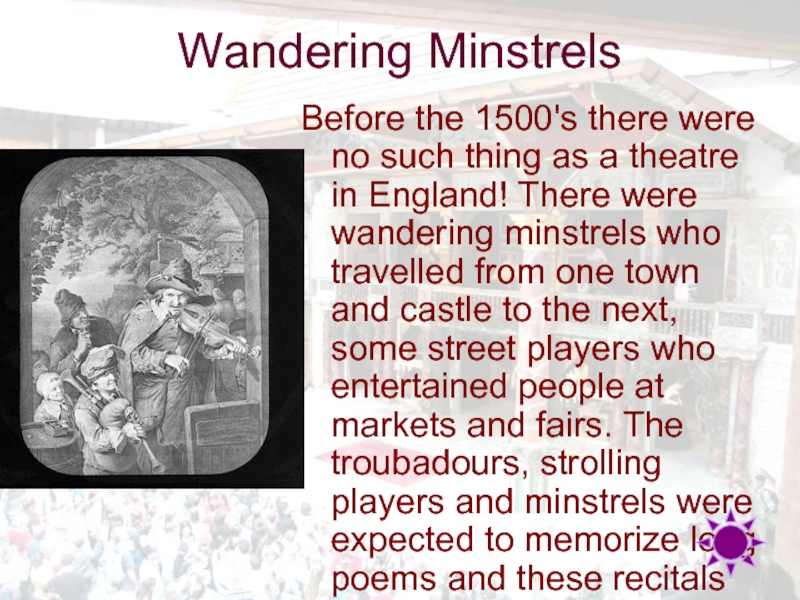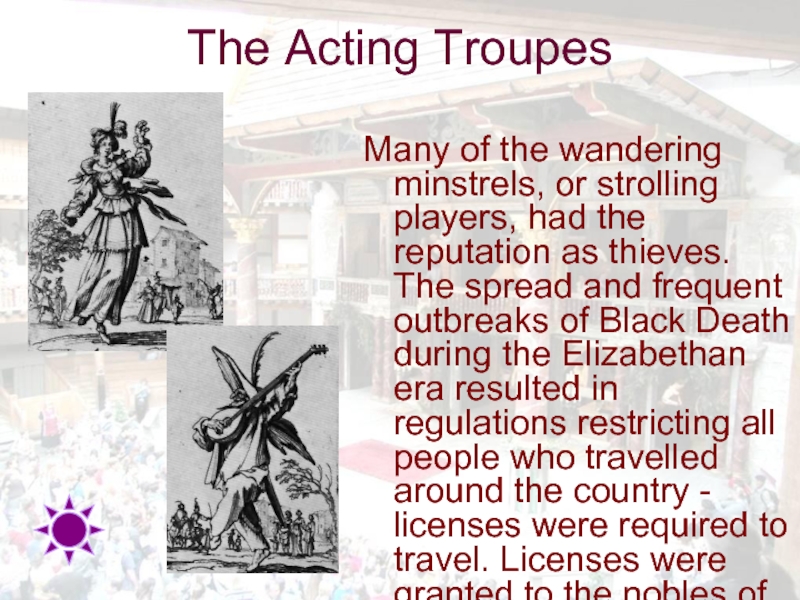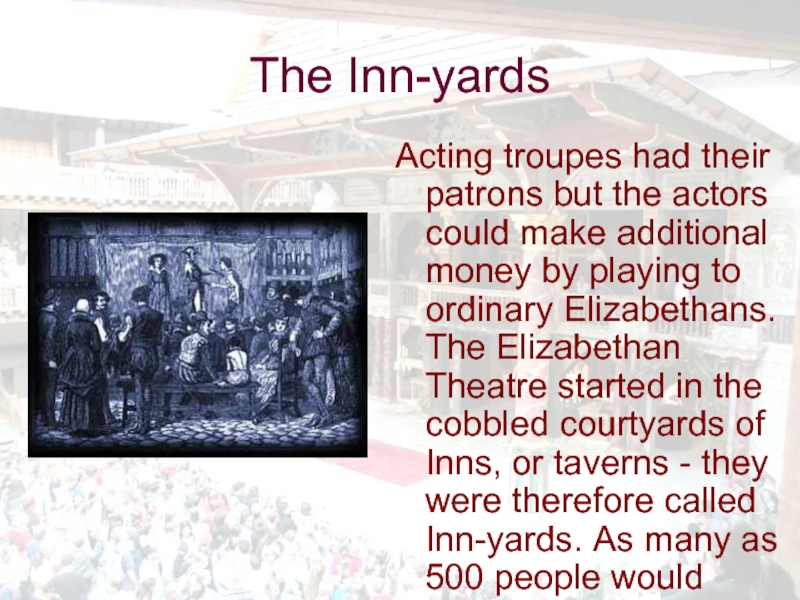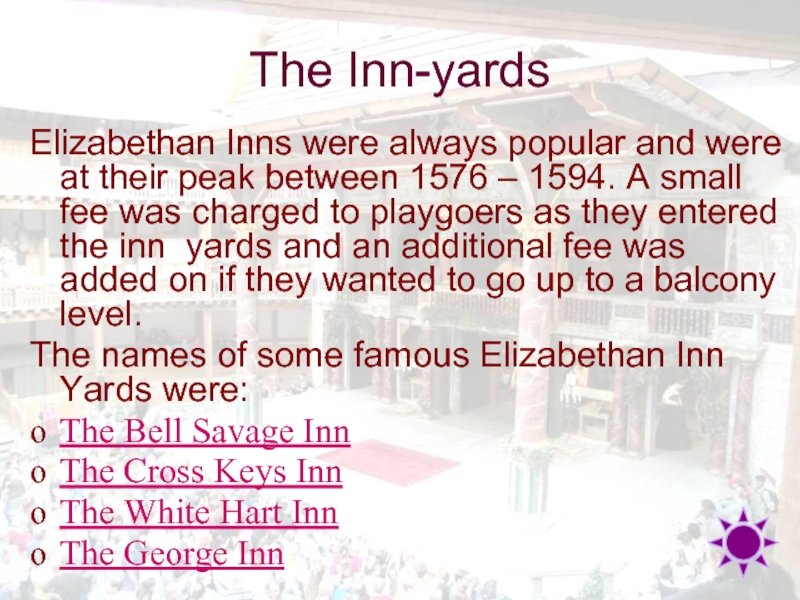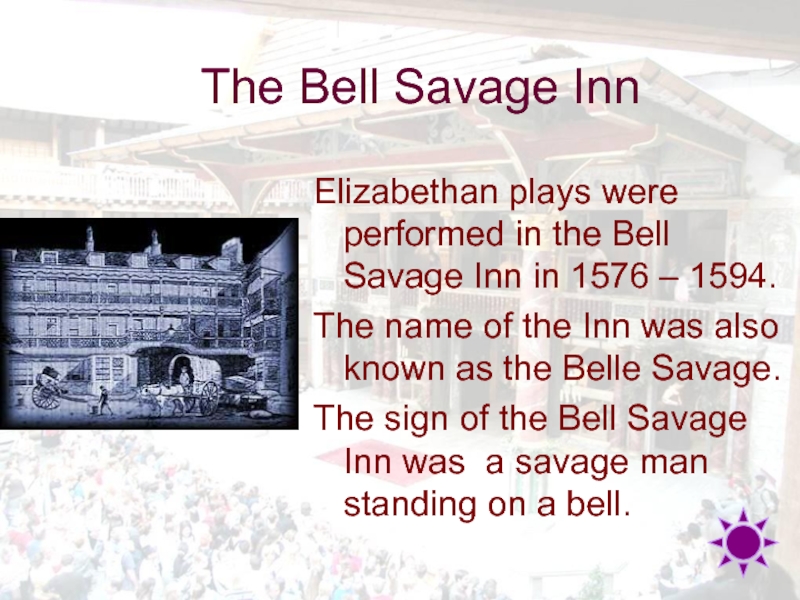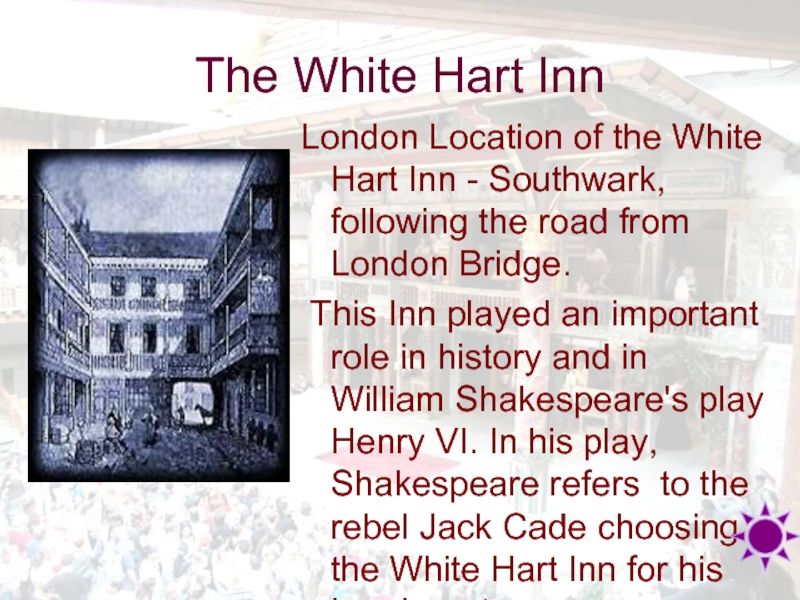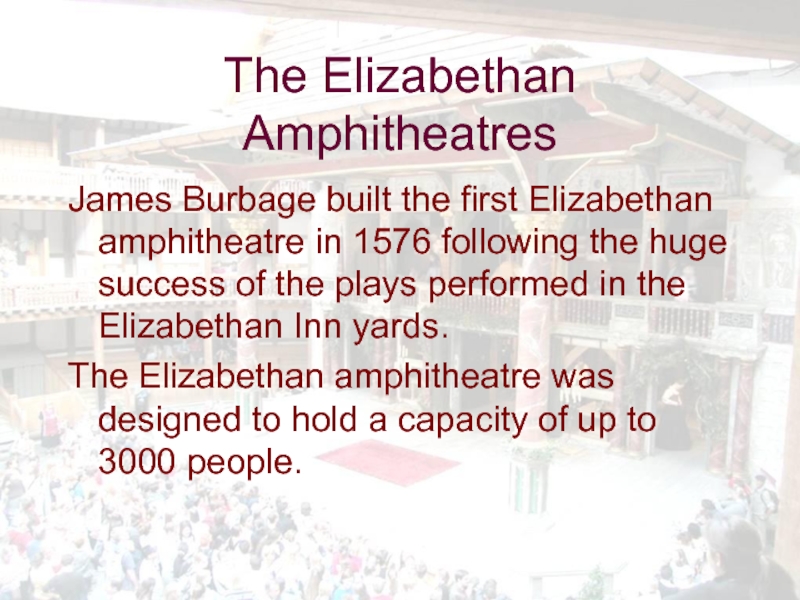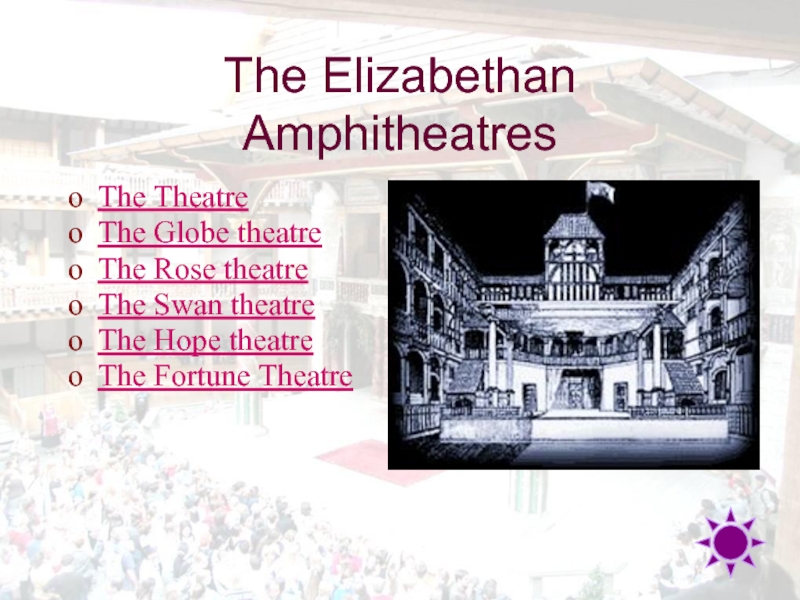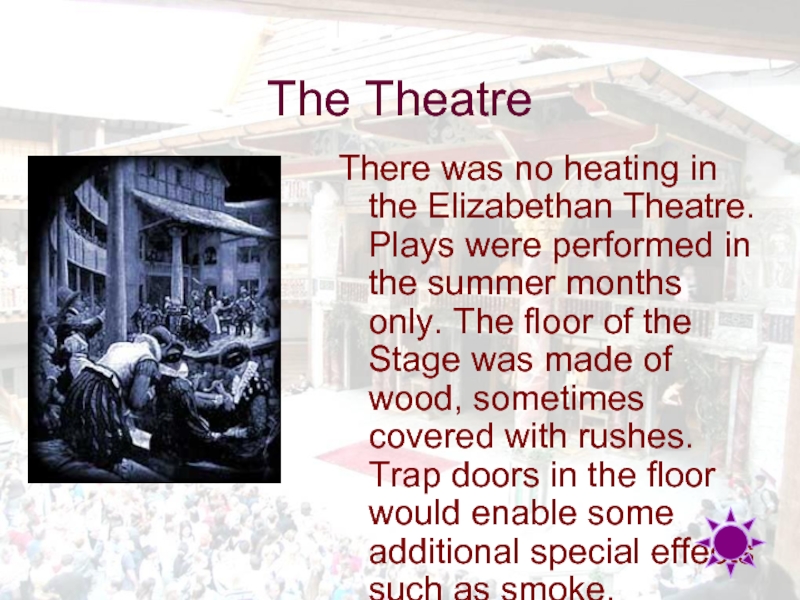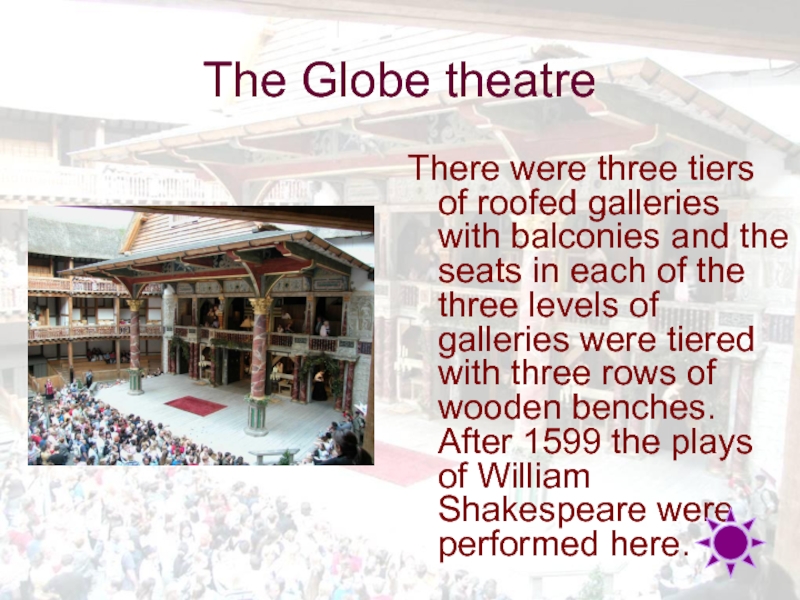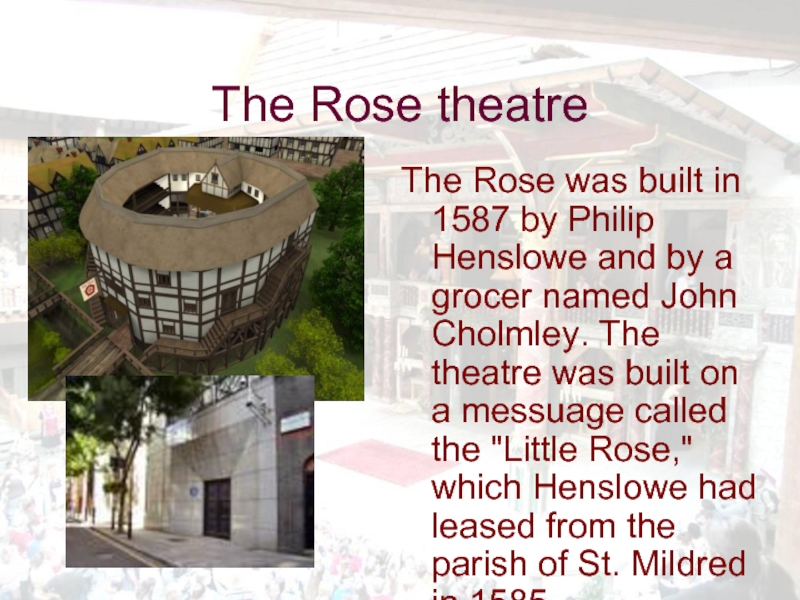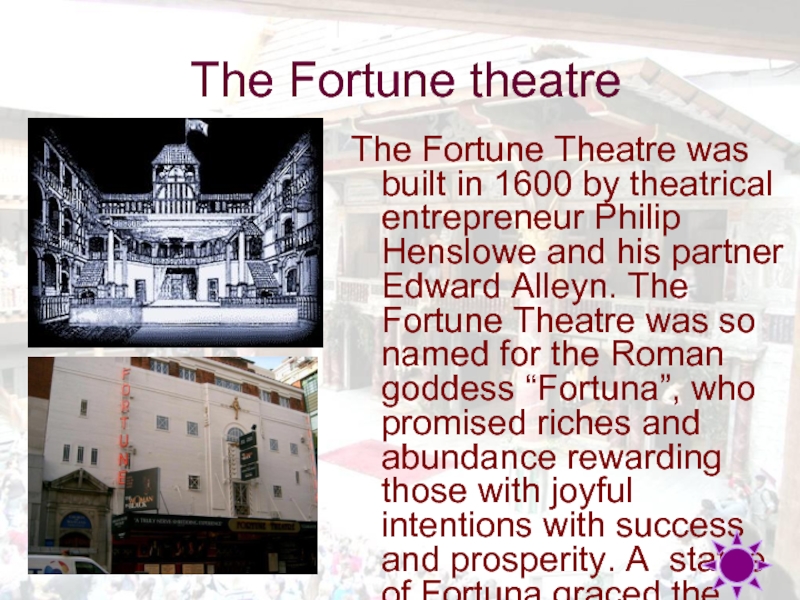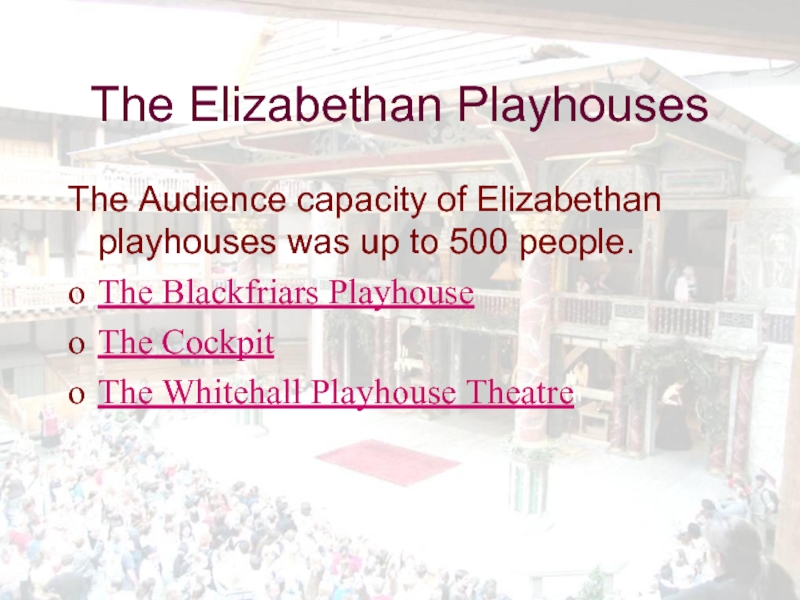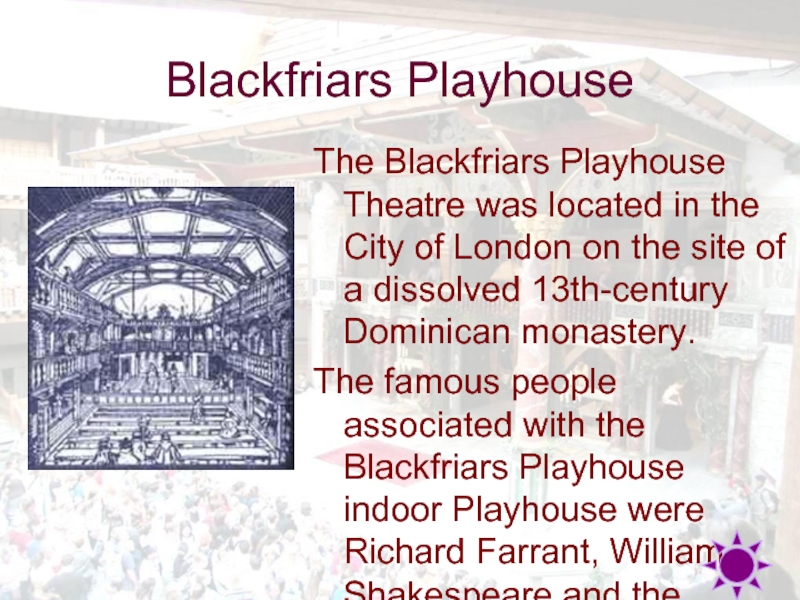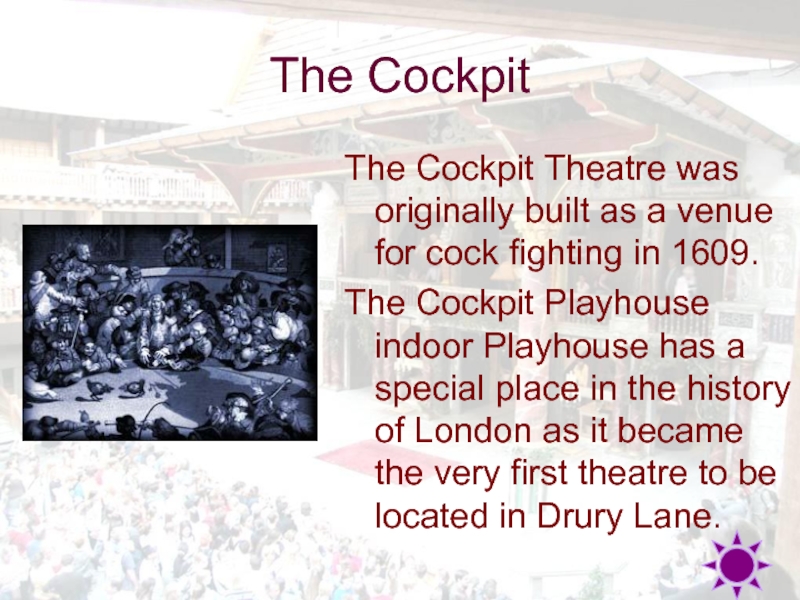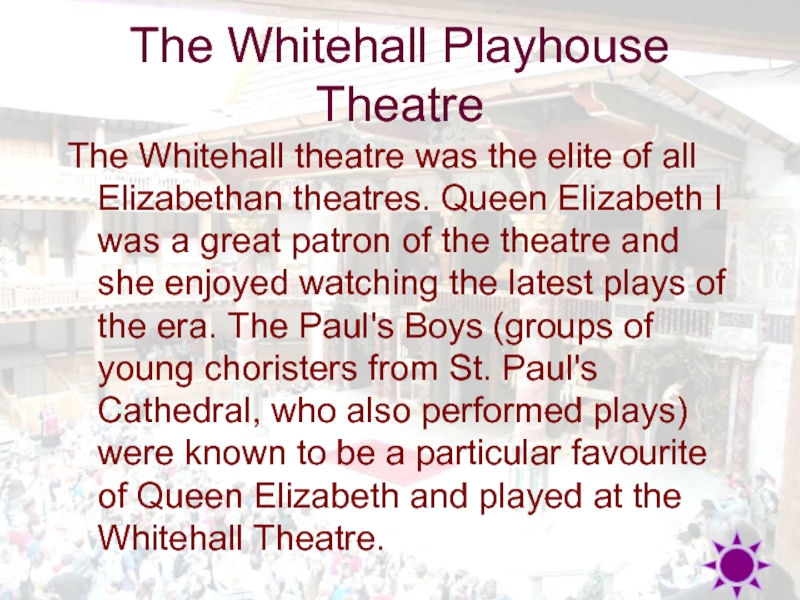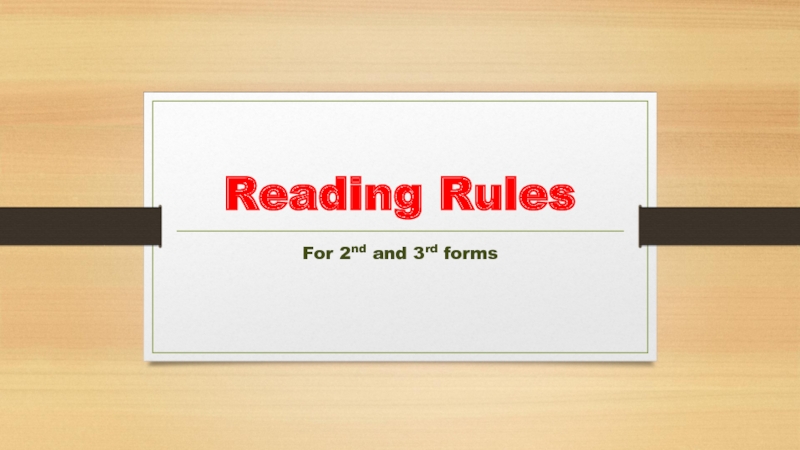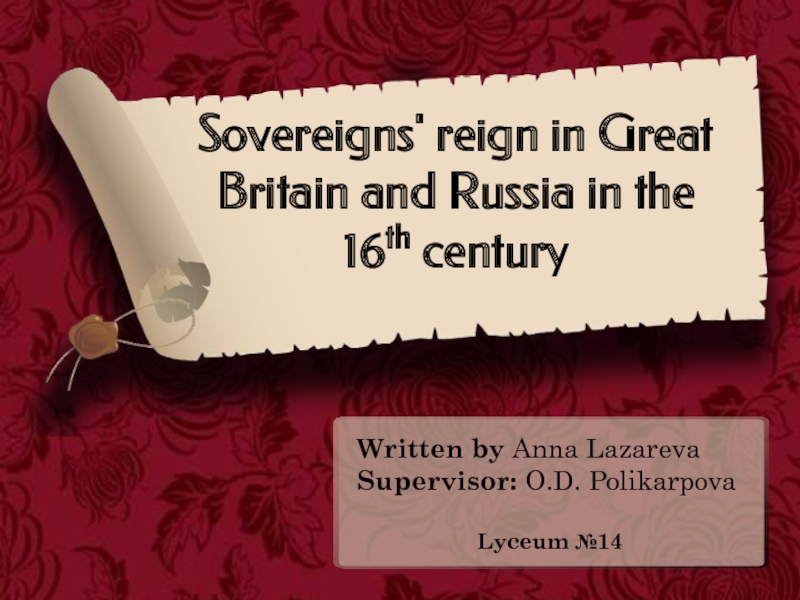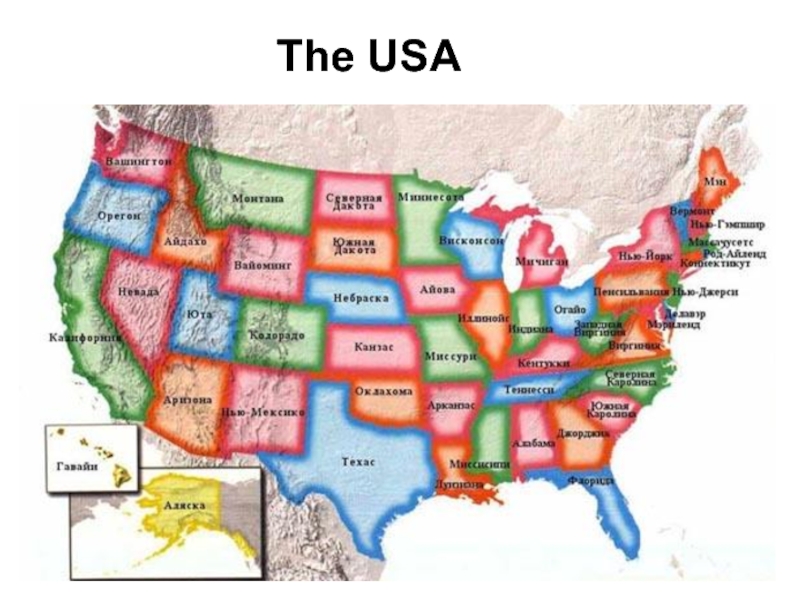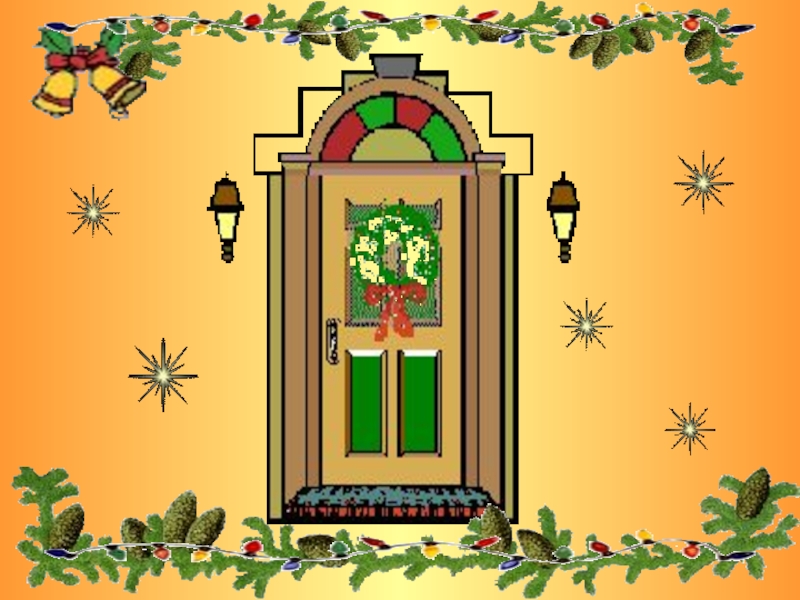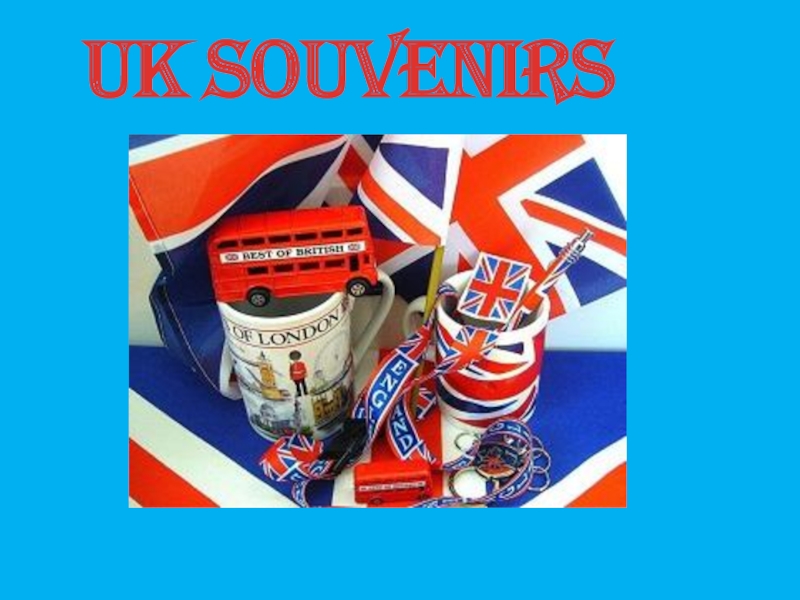Разделы презентаций
- Разное
- Английский язык
- Астрономия
- Алгебра
- Биология
- География
- Геометрия
- Детские презентации
- Информатика
- История
- Литература
- Математика
- Медицина
- Менеджмент
- Музыка
- МХК
- Немецкий язык
- ОБЖ
- Обществознание
- Окружающий мир
- Педагогика
- Русский язык
- Технология
- Физика
- Философия
- Химия
- Шаблоны, картинки для презентаций
- Экология
- Экономика
- Юриспруденция
Elizabethan Theatres in London
Содержание
- 1. Elizabethan Theatres in London
- 2. In the late 16th and early 17th
- 3. This map of the Elizabethan Theatres allows
- 4. Most people associate the Elizabethan Theatre with
- 5. Wandering Minstrels Before the 1500's there were
- 6. The Acting Troupes Many of the wandering
- 7. The Inn-yards Acting troupes had their patrons
- 8. The Inn-yardsElizabethan Inns were always popular and
- 9. The Bell Savage Inn Elizabethan plays were
- 10. The Cross Keys Inn London Location of
- 11. The White Hart Inn London Location of
- 12. The George Inn The George Inn was
- 13. The Elizabethan AmphitheatresJames Burbage built the first
- 14. The Elizabethan Amphitheatres The TheatreThe Globe theatreThe Rose theatreThe Swan theatreThe Hope theatreThe Fortune Theatre
- 15. The TheatreJames Burbage built the 'Theatre' in
- 16. There was no heating in the Elizabethan
- 17. The Globe theatreThe Globe Theater was built
- 18. The Globe theatreThere were three tiers of
- 19. The Rose theatreThe Rose was built in
- 20. The Rose theatreIt contained substantial rose gardens
- 21. The Swan theatreThe Swan was opened in
- 22. The Swan theatreIt is a wonderfully atmospheric
- 23. The Hope theatreThe Hope was built in
- 24. The Fortune theatreThe Fortune Theatre was built
- 25. The Elizabethan PlayhousesAn Elizabethan Playhouse was a
- 26. The Elizabethan PlayhousesThe Audience capacity of Elizabethan
- 27. Blackfriars PlayhouseThe Blackfriars Playhouse Theatre was located
- 28. The Cockpit The Cockpit Theatre was originally
- 29. The Whitehall Playhouse Theatre The Whitehall theatre
- 30. 5 Elizabethan Theatre Facts There were no
- 31. 5 Elizabethan Theatre FactsElizabethan theatres were also
- 32. List of the literaturehttp://www.globe-theatre.org.uk/elizabethan-theatre.htmhttp://en.wikipedia.org/wiki/English_Renaissance_theatrehttp://www.theatredatabase.com/16th_century/early_english_theaters.htmlhttp://shakespearean.org.uk/elizthea1.htmhttp://search.eb.com/shakespeare/browse?browseId=248012
- 33. Скачать презентанцию
Слайды и текст этой презентации
Слайд 1The First British Theatres
Elizabethan Theatres in London
Shinkevich Natalia,
Teacher of English
Слайд 3This map of the Elizabethan Theatres allows the viewer to
gain a good insight to the location of the famous
theatres.Слайд 4Most people associate the Elizabethan Theatre with those built in
a similar style to the Globe Theatre. But the natural
development of the Elizabethan Theatre followed a logical progression:The Strolling Players
The licensed Acting Troupes
The Inn-yards
The Elizabethan Amphitheatres
The Playhouses
Development of the Elizabethan Theatre
Слайд 5Wandering Minstrels
Before the 1500's there were no such thing
as a theatre in England! There were wandering minstrels who
travelled from one town and castle to the next, some street players who entertained people at markets and fairs. The troubadours, strolling players and minstrels were expected to memorize long poems and these recitals were included in their repertoire.
Слайд 6The Acting Troupes
Many of the wandering minstrels, or strolling
players, had the reputation as thieves. The spread and frequent
outbreaks of Black Death during the Elizabethan era resulted in regulations restricting all people who travelled around the country - licenses were required to travel. Licenses were granted to the nobles of England for the maintenance of troupes of players.
Слайд 7The Inn-yards
Acting troupes had their patrons but the actors could
make additional money by playing to ordinary Elizabethans. The Elizabethan
Theatre started in the cobbled courtyards of Inns, or taverns - they were therefore called Inn-yards. As many as 500 people would attend play performances.Слайд 8The Inn-yards
Elizabethan Inns were always popular and were at their
peak between 1576 – 1594. A small fee was charged
to playgoers as they entered the inn yards and an additional fee was added on if they wanted to go up to a balcony level.The names of some famous Elizabethan Inn Yards were:
The Bell Savage Inn
The Cross Keys Inn
The White Hart Inn
The George Inn
Слайд 9The Bell Savage Inn
Elizabethan plays were performed in the
Bell Savage Inn in 1576 – 1594.
The name of the
Inn was also known as the Belle Savage.The sign of the Bell Savage Inn was a savage man standing on a bell.
Слайд 10The Cross Keys Inn
London Location of the Cross Keys Inn
- Gracechurch Street, London.
William Shakespeare's acting troupe, the
Chamberlain's Men, used the Cross Keys Inn theatre on a regular basis due to the restrictions played on play acting within the City of London limits.
Слайд 11The White Hart Inn
London Location of the White Hart Inn
- Southwark, following the road from London Bridge.
This
Inn played an important role in history and in William Shakespeare's play Henry VI. In his play, Shakespeare refers to the rebel Jack Cade choosing the White Hart Inn for his headquarters.
Слайд 12The George Inn
The George Inn was built around three
sides of a courtyard. Its wide, double-tiered balconies became an
excellent vantage point for the Elizabethan plays that would be acted out below. William Shakespeare lived and worked in the area of the George Inn. Sadly, the George Inn that Shakespeare knew was burnt down in 1676 but the house was immediately rebuilt to the original plans.
Слайд 13The Elizabethan Amphitheatres
James Burbage built the first Elizabethan amphitheatre in
1576 following the huge success of the plays performed in
the Elizabethan Inn yards.The Elizabethan amphitheatre was designed to hold a capacity of up to 3000 people.
Слайд 14The Elizabethan Amphitheatres
The Theatre
The Globe theatre
The Rose theatre
The Swan
theatre
The Hope theatre
The Fortune Theatre
Слайд 15The Theatre
James Burbage built the 'Theatre' in 1576. The Theatre
was one of the 12 massive amphitheatres, including the Globe
Theatre, which were built around the City of London. The Famouse Globe was built from the timbers of the 'Theatre' .Слайд 16There was no heating in the Elizabethan Theatre. Plays were
performed in the summer months only. The floor of the
Stage was made of wood, sometimes covered with rushes. Trap doors in the floor would enable some additional special effects such as smoke.The Theatre
Слайд 17The Globe theatre
The Globe Theater was built in just 6
months between 1597 and 1598. The Chamberlain's men acting company,
including William Shakespeare used the Globe, an open-air amphitheatre, as the venue for their summer productions. It was a huge building - made of timber and with thatched roofs.Слайд 18The Globe theatre
There were three tiers of roofed galleries with
balconies and the seats in each of the three levels
of galleries were tiered with three rows of wooden benches. After 1599 the plays of William Shakespeare were performed here.
Слайд 19The Rose theatre
The Rose was built in 1587 by Philip
Henslowe and by a grocer named John Cholmley. The theatre
was built on a messuage called the "Little Rose," which Henslowe had leased from the parish of St. Mildred in 1585.Слайд 20The Rose theatre
It contained substantial rose gardens and two buildings;
The building was of timber, with a lath and plaster
exterior and thatch roof.The leading playwrights of the day, including William Shakespeare and Christopher Marlow, had their plays performed here.
Слайд 21The Swan theatre
The Swan was opened in 1574. It was
located on the west end of the Bankside district of
Southwark, across the River Thames from the City of London.When it was new, the Swan was the most visually impressive of the existing London theatres.
Слайд 22The Swan theatre
It is a wonderfully atmospheric galleried playhouse. The
original Victorian building fell victim to a fire in 1928.
The new building was built in 1932 and the inside has been designed to reflect an actual Elizabethan style theatre
Слайд 23The Hope theatre
The Hope was built in 1613 by Philip
Henslowe and Jacob Meade, on the Bankside in Southwark. It
was agreed that bear baiting would occupy the theater only once every two weeks but the sport proved to be more profitable than the plays. Players left the theatre after Henslowe's death in 1616. The theatre was rarely used for plays after 1616 but bear baiting continued until 1656 .
Слайд 24The Fortune theatre
The Fortune Theatre was built in 1600 by
theatrical entrepreneur Philip Henslowe and his partner Edward Alleyn. The
Fortune Theatre was so named for the Roman goddess “Fortuna”, who promised riches and abundance rewarding those with joyful intentions with success and prosperity. A statue of Fortuna graced the entrance of the Fortune.
Слайд 25The Elizabethan Playhouses
An Elizabethan Playhouse was a small, private, indoor
hall. The Elizabethan playhouse was designed to stage plays in
an indoor environment. The great open theatres only produced plays during the summer months. It made good business sense to design an indoor theatre which would comfortable house audiences during the winter. Playhouses were open to anyone who could pay but were more expensive with generally more select audiences.Слайд 26The Elizabethan Playhouses
The Audience capacity of Elizabethan playhouses was up
to 500 people.
The Blackfriars Playhouse
The Cockpit
The Whitehall Playhouse
TheatreСлайд 27Blackfriars Playhouse
The Blackfriars Playhouse Theatre was located in the City
of London on the site of a dissolved 13th-century Dominican
monastery.The famous people associated with the Blackfriars Playhouse indoor Playhouse were Richard Farrant, William Shakespeare and the Burbage family.
Слайд 28The Cockpit
The Cockpit Theatre was originally built as a venue
for cock fighting in 1609.
The Cockpit Playhouse indoor Playhouse
has a special place in the history of London as it became the very first theatre to be located in Drury Lane.
Слайд 29The Whitehall Playhouse Theatre
The Whitehall theatre was the elite of
all Elizabethan theatres. Queen Elizabeth I was a great patron
of the theatre and she enjoyed watching the latest plays of the era. The Paul's Boys (groups of young choristers from St. Paul's Cathedral, who also performed plays) were known to be a particular favourite of Queen Elizabeth and played at the Whitehall Theatre.
Слайд 305 Elizabethan Theatre Facts
There were no Elizabethan Theatres until
1576 - plays were performed in the courtyards of inns
- they were referred to as 'inn-yards‘.James Burbage built the very first theatre in 1576 with his brother-in-law John Brayne, appropriately named 'The Theatre'.
The Globe was built in a similar style to the Coliseum, but on a smaller scale.
